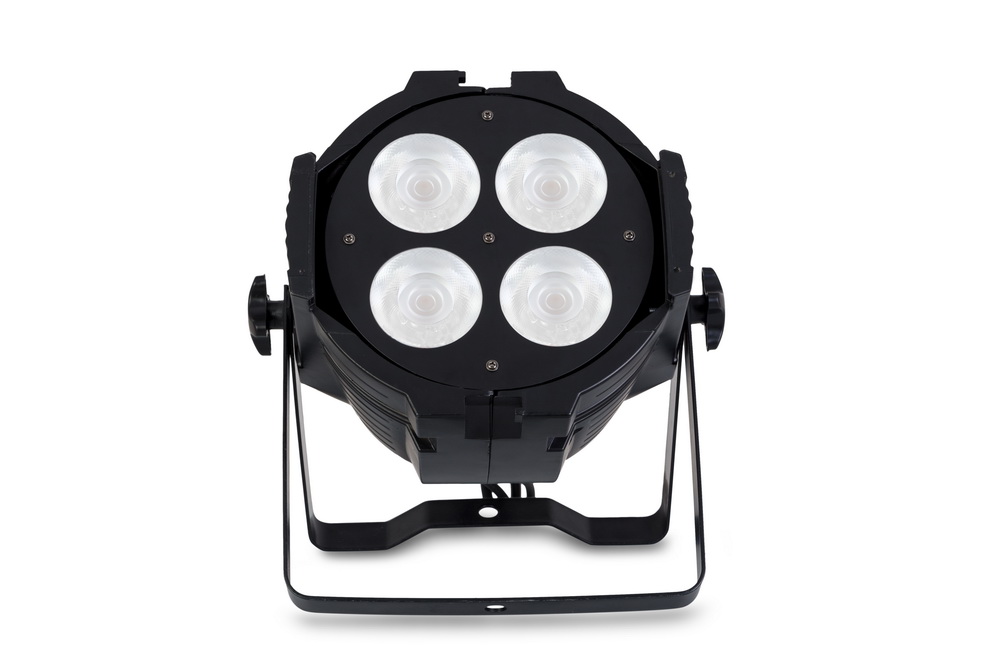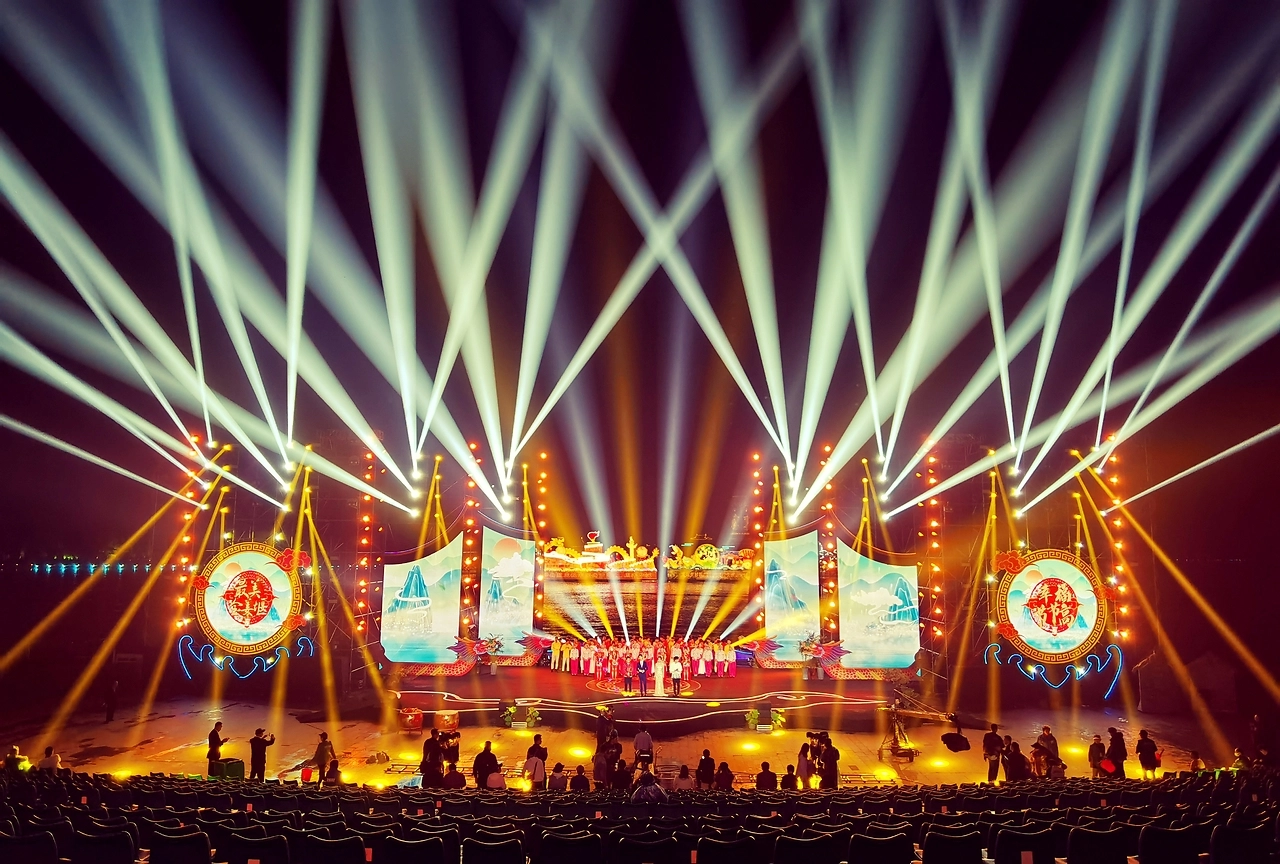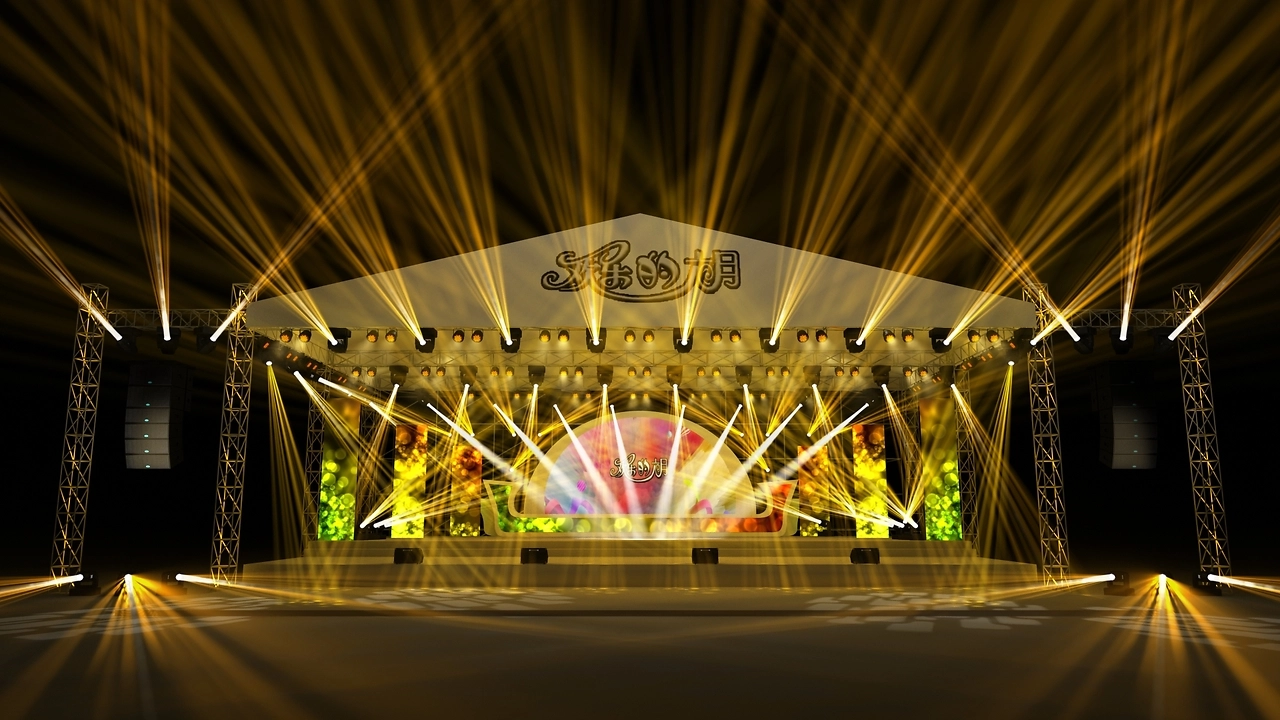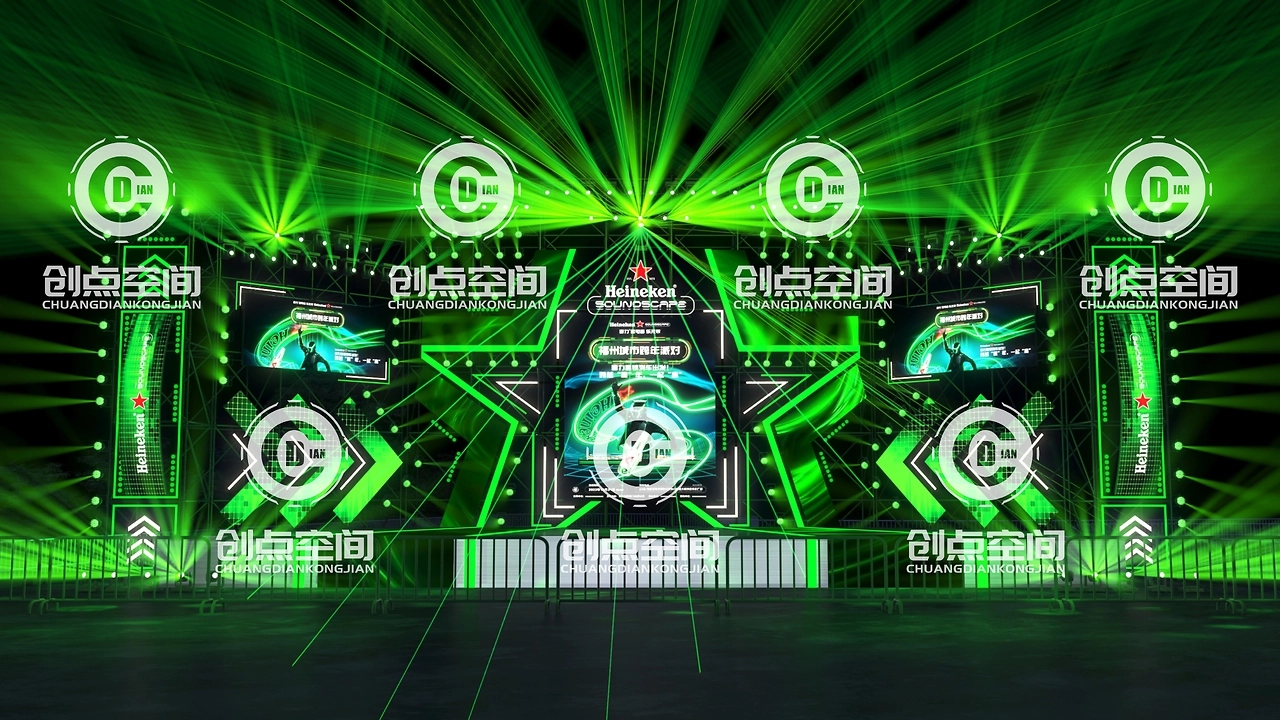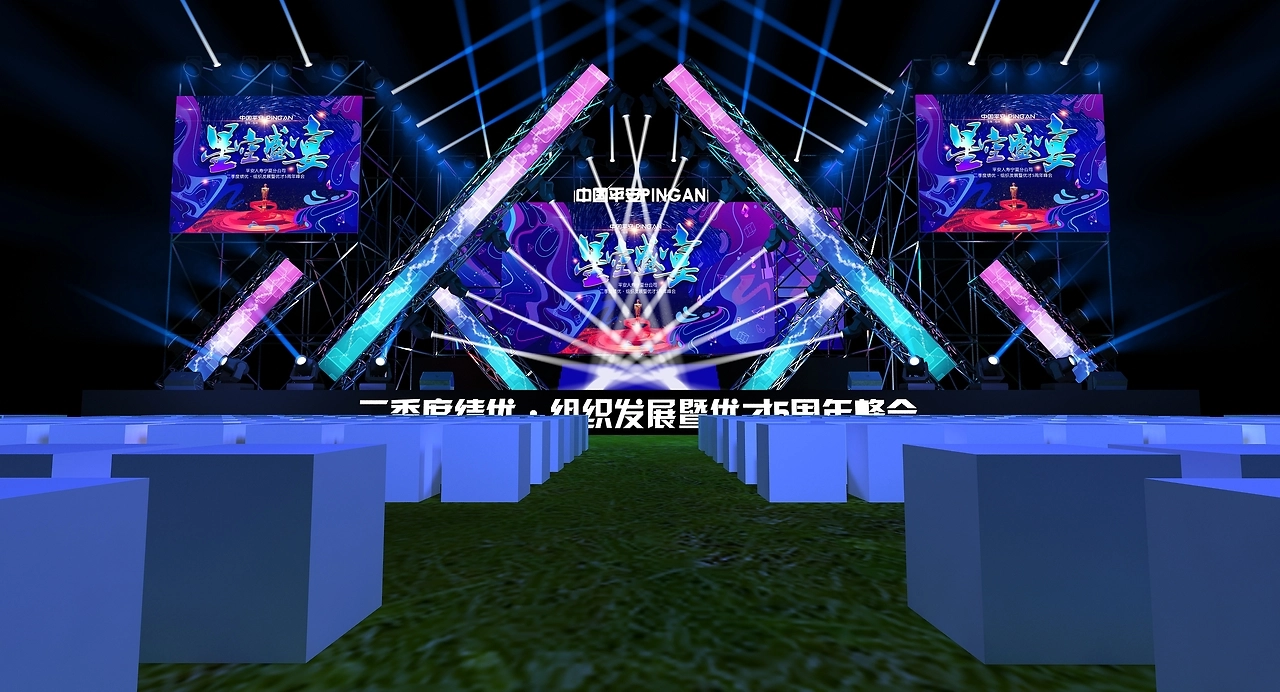Stage lighting refers to the lighting equipment and technology used to illuminate the stage and performers in performances, performances, and exhibitions. Stage lighting creates various specific visual effects by adjusting parameters such as light brightness, color, and angle, adding more artistic sense and emotional communication to the performance. Stage lighting is an indispensable part of stage design, which can greatly improve the quality and viewing experience of the performance, and is widely used in various fields (such as drama, music, performances, concerts, fashion shows, bars, KTV entertainment, etc.). Common stage lighting classifications and their characteristics and functions are:
1. Spotlights are a type of lighting that can adjust the angle and intensity of light, usually used to illuminate specific areas or actors on the stage. The main functions of spotlights include:
1. Highlight the key points: By adjusting the light direction and intensity of the spotlight, highlight the key areas or actors on the stage to attract the audience's attention.
2. Change the atmosphere: Through the different colors and brightness of the spotlight, change the atmosphere and color of the scene to create a specific emotional and atmospheric effect.
3. Add layers: Spotlights can be used in combination with other lights to increase the layering and visual effects of stage lighting.
4. Expressiveness: Spotlights can create various special light and shadow effects, enhancing stage expressiveness and artistic effects.
In short, spotlights are a very important type of lamp in stage lighting, and they play a pivotal role in stage performances. Currently, there are 1KW and 2KW on the market, with 2KW being the most widely used. It irradiates concentrated light, with clear edges of the light spot contour, which can highlight a part, or enlarge the light spot to illuminate an area. As the main light source on the stage, it is often used for face light, slap light, side light and other light positions.
